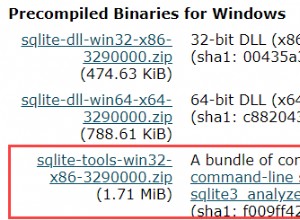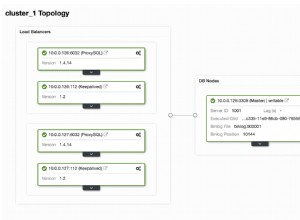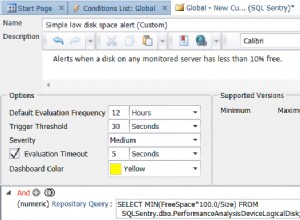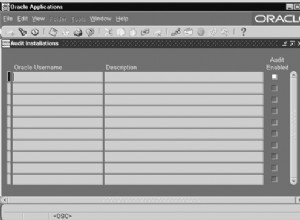Saya pikir Anda melewatkan sqlCom.ExecuteNonQuery();
juga, alih-alih menjalankan pilih func_test(7) dari dual; mari kita alihkan untuk menjalankan fungsi dan meneruskan param
OracleConnection oracleCon = new OracleConnection(ConfigurationManager.ConnectionStrings["MyConnectionString"].ConnectionString);
// Set the command
string anonymous_block = "begin " +
" :refcursor1 := func_test(7) ;" +
"end;";
//fill in your function and variables via the above example
OracleCommand sqlCom= con.CreateCommand();
sqlCom.CommandText = anonymous_block;
// Bind
sqlCom.Parameters.Add("refcursor1", OracleDbType.RefCursor);
sqlCom.Parameters[0].Direction = ParameterDirection.ReturnValue;
try
{
// Execute command; Have the parameters populated
sqlCom.ExecuteNonQuery();
// Create the OracleDataAdapter
OracleDataAdapter da = new OracleDataAdapter(sqlCom);
// Populate a DataSet with refcursor1.
DataSet ds = new DataSet();
da.Fill(ds, "refcursor1", (OracleRefCursor)(sqlCom.Parameters["refcursor1"].Value));
// Print out the field count the REF Cursor
Console.WriteLine("Field count: " + ds.Tables["refcursor1"].Columns.Count);
}
catch (Exception e)
{
Console.WriteLine("Error: {0}", e.Message);
}
finally
{
// Dispose OracleCommand object
cmd.Dispose();
// Close and Dispose OracleConnection object
con.Close();
con.Dispose();}
ini berdasarkan contoh ODP yang dapat ditemukan @ %ora_home%\Client_1\ODP.NET\samples\RefCursor\Sample5.csproj
Jika Anda ingin menghindari (baik atau buruk!) kumpulan param yang dibuat khusus untuk setiap panggilan proc/fungsi, Anda dapat menyiasatinya dengan memanfaatkan blok anonim dalam kode Anda, saya telah mengubah (sekali lagi belum diuji!) kode di atas untuk mencerminkan teknik ini. Berikut adalah blog yang bagus (tidak lain dari Mark Williams) yang menunjukkan teknik ini. http://oradim.blogspot.com/2007/04/odpnet-tip-anonymous-plsql-and.html




